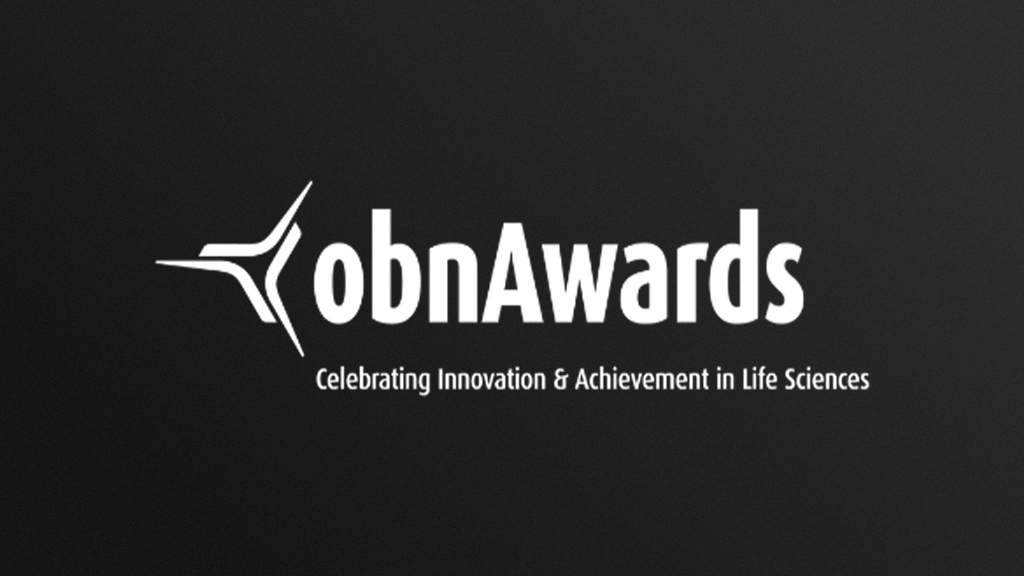Background: Patient selection for reperfusion therapies requires significant expertise in neuroimaging. Increasingly, machine learning-based analysis is being used for faster and standardized patient selection. However, there is limited information on how such software influences real-world patient management.
Aims: This study aimed to evaluate changes in thrombolysis and thrombectomy delivery following the implementation of automated analysis at a high-volume primary stroke center.
Methods: Data on consecutive stroke patients admitted to a large university stroke center were retrospectively collected from two identical 7-month periods in 2017 and 2018, between which the e-Stroke Suite (Brainomix, Oxford, UK) was implemented to analyze non-contrast CT and CT angiography results. The delivery of stroke care otherwise remained unchanged, with patients transferred to a hub for thrombectomy. The study collected data on the number of patients receiving intravenous thrombolysis and/or thrombectomy, the time to treatment, and the outcome at 90 days for thrombectomy.
Results: A total of 399 patients from 2017 and 398 from 2018 were included in the study. From 2017 to 2018, thrombolysis rates increased from 11.5% to 18.1%, with a similar trend for thrombectomy (2.8% to 4.8%). There was a trend towards shorter door-to-needle times (44 to 42 minutes) and CT-to-groin puncture times (174 to 145 minutes). There was a non-significant trend towards improved outcomes with thrombectomy. Qualitatively, physician feedback suggested that Brainomix 360 Suite increased decision-making confidence and improved patient flow.
Conclusions: The use of artificial intelligence decision support in a hyperacute stroke pathway facilitates decision-making and can improve the rate and time of reperfusion therapies in a hub-and-spoke system of care.















